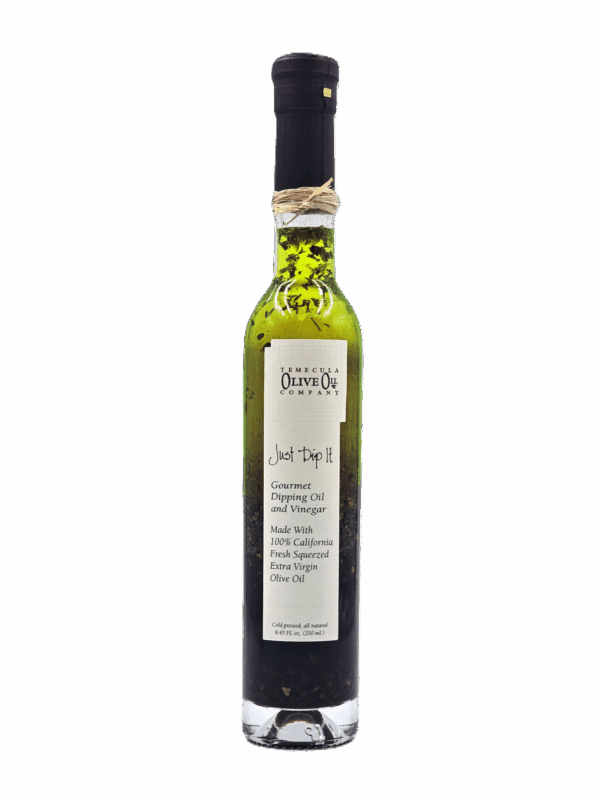
WE CULTIVATE
35+ varieties
of olive trees on our ranch.

OLIVE TREES LIVE
300-600 years
on average.

OLIVE WOOD BURNS
2.5x hotter
than common firewood.
The human race began growing olive trees and savoring their fruit nearly 6,000 years ago. Today, the Temecula Olive Oil Company invites you to join this incredible and flavor-filled legacy.
We cultivate fruiting olive trees that you can plant and enjoy at home – or give as a gift! Explore below to purchase your own trees and discover our time-tested best practices for olive tree care.

Fruiting Olive Trees
Available Now
Join a centuries-old tradition. Olive trees make a beautiful landscape feature, offering a wealth of shade alongside their bountiful fruit.
In fact, these trees are capable of producing more than 400 lb of fruit annually. Pluck, cure, and savor the freshest olives possible by growing them on your very own land. Or give the gift of an olive tree, ready to flourish and feed loved ones for generations to come.

Need Mature Trees?
Join a centuries-old tradition. Olive trees offer a wealth of shade alongside their bountiful fruit.

Recommended Growing Regions
Olive trees do best in coastal regions with mild winters. And they truly thrive with a long, hot, and dry growing season. Please get in touch with us and we will help determine if your area will be a good growing area for our trees
Olive Tree Care: Best Practices
Join a centuries-old tradition. Olive trees make a beautiful landscape feature, offering a wealth of shade alongside their bountiful fruit.
 Planting
Planting
Plant your olive trees in direct sun. Avoid areas with strong winds and freezing climates, as these will damage the plant and its fruit.When transplanting from a pot, be sure to keep the entire root ball intact. Plant the tree at the same depth as it was in the pot. However, keep in mind that it is better to plant too shallow than too deep. We will provide a support stake if the tree requires it. We recommend securing the tree to the stake using arbor tape.
 Watering
Watering
Olive trees are extremely drought resistant, but they still need water. After initial planting, it’s important to keep the soil moist but not too saturated. While your new tree is establishing its roots, we recommend you water it once per week for the first year. If the top 2 inches of soil become dry between waterings, increase watering frequency accordingly. After the first year, you can usually decrease watering frequency to one deep soak per month.
 Fertilizing
Fertilizing
It is best to begin fertilizing your olive tree each year in March using a high-nitrogen fertilizer. Continue to fertilize your olive trees throughout your growing season. Never spread wood chips near your olive tree. They absorb nitrogen from the soil, which the plant needs to produce its best growth and fruiting results. If you wish to spread mulch for landscaping purposes, we recommend pine straw kept at least 4 inches away from the trunk.
 Pruning
Pruning
Olive trees can tolerate drastic pruning, and their fruit will grow most abundantly on new branches. That means pruning gets rid of old, diseased branches while increasing your olive harvest each year! Begin seasonal pruning when the tree’s spring buds are finished blooming. Stop in the fall as soon as its fruit ripens. Prune by clipping the tips of branches just beyond where its new leaves grow. Leave branches at least six inches long.
 Pest Control
Pest Control
The good news is that olive trees have very few natural pests. However, its main enemies are the olive fruit fly, the med-fly and soft-bodied tree scale. These pests eat the skin of the olive fruit. Do not spray pesticides, as the odor will leech into your olives. Instead, we recommend biological solutions, such as fruit fly traps. Click here to learn more.
 Harvesting
Harvesting
Extending from October to February, Olive harvesting season is longer than most produce. Olives should be harvested by hand to prevent bruising. They are fragile when ripe. Harvest your olives when they turn green and reach a mature, full size. Olive trees start producing mature fruit when they’re between 4 to 5 years old. Thanks to the way they pollinate, multiple trees will yield more fruit than a lone tree.
Growing Questions?
We have answers. Contact any of our tasting rooms,
and one of our olive tree experts will be happy to help.













